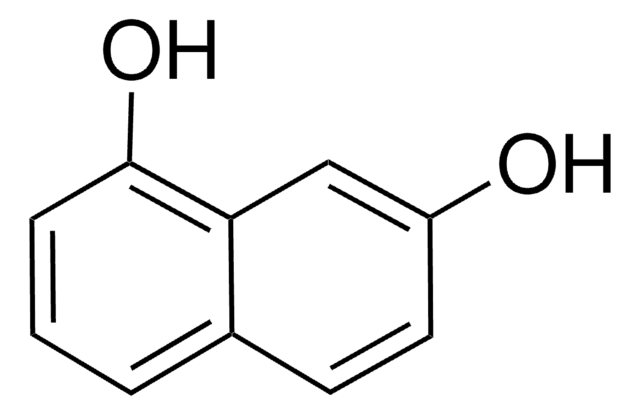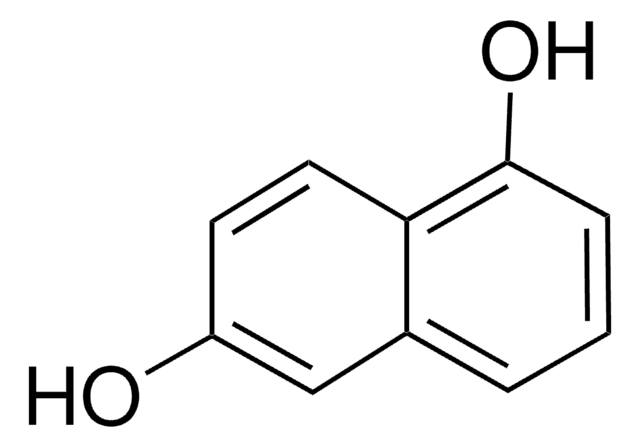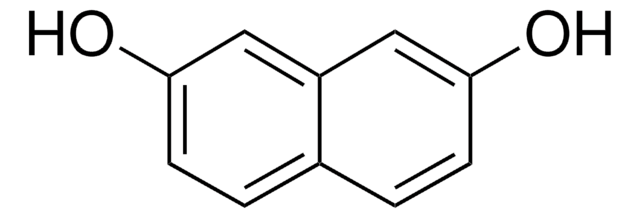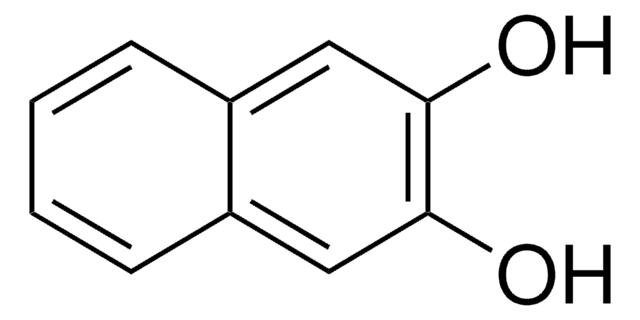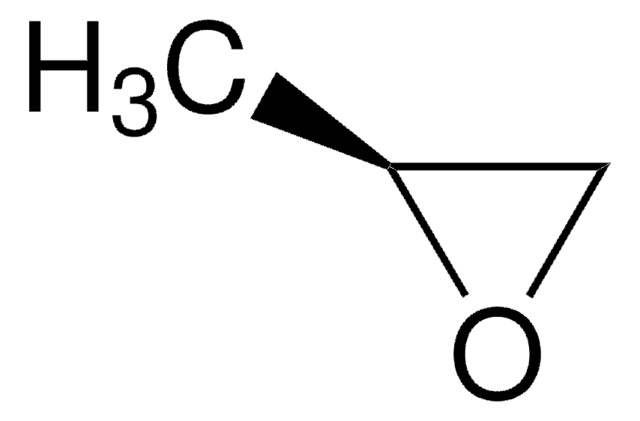540250
(S)-(+)-1,2-Propanediol
96%
Synonyme(s) :
(S)-(+)-Propylene glycerol
About This Item
Produits recommandés
Pureté
96%
Activité optique
[α]20/D +16.5°, neat
Pureté optique
ee: 98% (GLC)
Indice de réfraction
n20/D 1.432 (lit.)
Point d'ébullition
186-188 °C/765 mmHg (lit.)
Densité
1.036 g/mL at 20 °C (lit.)
Chaîne SMILES
C[C@H](O)CO
InChI
1S/C3H8O2/c1-3(5)2-4/h3-5H,2H2,1H3/t3-/m0/s1
Clé InChI
DNIAPMSPPWPWGF-VKHMYHEASA-N
Vous recherchez des produits similaires ? Visite Guide de comparaison des produits
Catégories apparentées
Application
- Optically active chiral (S)-1, 2-propanediol derivatives using mesogenic carboxylic acids via esterification in the presence of dimethylaminopyridine (DMAP) as a catalyst.
- 3,4-Ethylenedioxythiophenes via Mitsunobu reaction.
- Vicinal diol cyclic sulfates in the presence of sodium periodate and ruthenium chloride as catalysts.
Code de la classe de stockage
10 - Combustible liquids
Classe de danger pour l'eau (WGK)
WGK 3
Point d'éclair (°F)
217.4 °F - closed cup
Point d'éclair (°C)
103 °C - closed cup
Certificats d'analyse (COA)
Recherchez un Certificats d'analyse (COA) en saisissant le numéro de lot du produit. Les numéros de lot figurent sur l'étiquette du produit après les mots "Lot" ou "Batch".
Déjà en possession de ce produit ?
Retrouvez la documentation relative aux produits que vous avez récemment achetés dans la Bibliothèque de documents.
Les clients ont également consulté
Chromatograms
suitable for GCNotre équipe de scientifiques dispose d'une expérience dans tous les secteurs de la recherche, notamment en sciences de la vie, science des matériaux, synthèse chimique, chromatographie, analyse et dans de nombreux autres domaines..
Contacter notre Service technique
